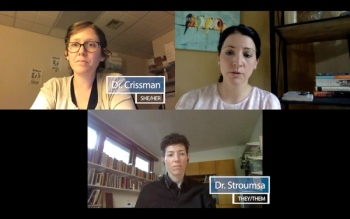
Halley Crissman, MD, MPH, shares her insight on the ways in which hospital systems reinforce cisnormativity and focal points to address for a more welcoming environment.

Halley Crissman, MD, MPH, shares her insight on the ways in which hospital systems reinforce cisnormativity and focal points to address for a more welcoming environment.

Vanessa L. Rogers, MD, shares her expert insight into ways practitioners can address health care disparities in their area and provide patients with better care.

A new study examined how adolescent physical activity can impact hip strength and potentially reduce the risk of osteoporosis later in life.

The authors call for future research to determine whether these findings extend to other populations and health care settings.
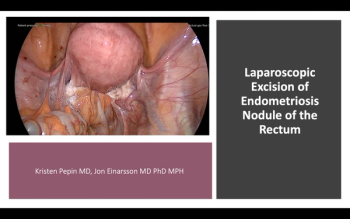
Presented by Kristen Pepin, MD, and Jon I. Einarsson, MD, PhD, MPH Brigham and Women’s Hospital, Boston

The obstetric comorbidity scoring system was developed by NIH-funded researchers for classifying severe maternal morbidity.
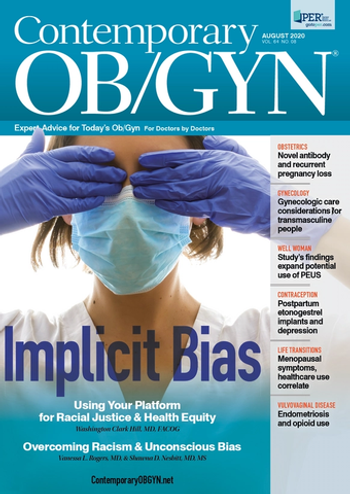
What did you think of this month’s feature stories?

A new study from the journal Biology of Sex Differences found an association between sex biases in drug dosage trials and the overmedication of women.
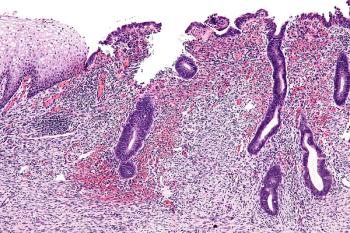
A genome-wide analysis sheds light on how hormone response in endometrial cells affects endometrial function.

A new literature review suggests that several major barriers exist to care for the condition.
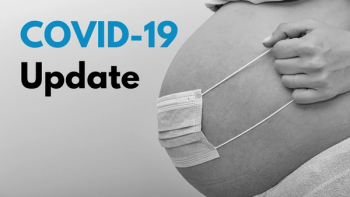
Data on COVID-19 during pregnancy, as reported by the CDC, in collaboration with state, local, and territorial health departments and external partners.

A new study released by the National Institutes of Health (NIH) indicates that opioid use in women may result in higher chances of pregnancy loss and lower chances of conceiving.

Two senior administration officials from Operation Warp Speed offered several updates on COVID-19 vaccine development.

In a recent interview from Medical Economics, Thomas Ely, DO, discusses how the pandemic is affecting physicians.

In a recent podcast episode from OncLive, Don S. Dizon, MD, FACP, FASCO, discusses the primary physical and residual psychological effects of gynecologic cancers on women’s sexual health.

In July 2019, a jury awarded $229.6 million in the largest medical malpractice verdict ever in the United States.

Senior Editor Angie DeRosa and Associate Editor Lindsey Carr sat down with Drs. Vanessa Rogers and Shawna Nesbitt to discuss racism and unconscious bias in ob/gyn practice.

In the latest issue of Medical Economics, several coding experts give advice on maintaining compliance and collecting revenue for virtual services in the first part of this two-part coding guide.

Results from the study showed antitumor activity and safety to be similar to olaparib and durvalumab monotherapy outcomes.
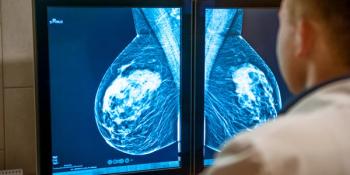
According to the findings, mammograms declined by 89.2% in April of this year.

Findings from a new study by Australian researchers suggest that physical activity should be incorporated into cancer care during and beyond treatment.

Hear Her aims to raise awareness of pregnancy-related deaths and provide support and education to pregnant women and postpartum women (within 1 year of delivery).
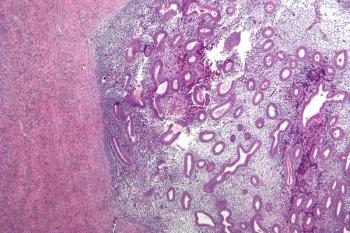
Researchers sought to investigate the effects of endometrioma and the impact of bilaterality on in vitro fertilization (IVF) and intracytoplasmic sperm injection (ICSI) outcomes.
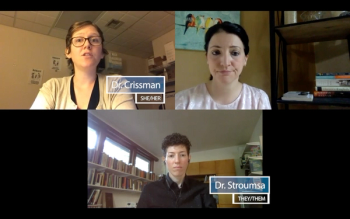
Contemporary OB/GYN Senior Editor Angie DeRosa sat down with Halley Crissman, MD, MPH, and Daphna Stroumsa, MD, MPH, MSC, to discuss gynecologic care considerations for transmasculine people.
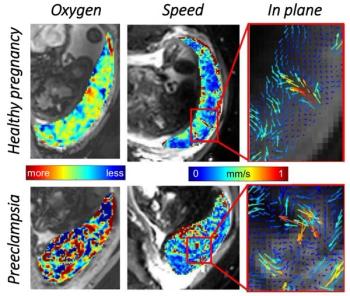
A new study offers important new insights into various placental functions and describes a new physiological phenomenon.

Find additional resources for providing high-quality sexual and reproductive healthcare to transmasculine people, transgender men, and nonbinary people, whose sex assigned at birth was female.

Here’s the latest data, updated on August 14.

The maternal mortality rate for Black mothers is 3 times higher than that of white mothers in the United States.

COVID-19 has brought on plenty of change to all aspects of life, and obstetrics and gynecology is not excluded.

Based on the literature, a bundled intervention was created that included dual antibiotic prophylaxis (cefazolin and metronidazole) aimed at reducing surgical site infections for all patients undergoing hysterectomy.